Media is all about passion: Prashant Pandey of Radio Mirchi
Adgully: Describe some of the key milestones of your career...
Prashant Pandey: I completed a BE in electronics in 1987 and then an MBA from IIM-B in 1990. Since then, I have worked in Citibank, Mudra, Pepsi (Frito Lay), HUL, Modi-Revlon and finally came aboard Radio Mirchi. Before this assignment, I worked mostly in the brand-marketing and sales areas in the FMCG sector. I joined Radio Mirchi in 2000 as COO and have been responsible for the Radio Mirchi business since then. I became CEO in 2007 and executive director in 2009. I still find radio to be really exciting and hope to do bigger things in the future!
AG: How has the radio industry evolved since you joined Radio Mirchi in 2000?
PP: When I joined the industry, there was no private FM at all. Since then, there has been a large spread in the availability of private FM stations in the country.Today, private FM is available in nearly 80 towns. The only FM service available when we started was AIR and their share of overall advertising was less than 1%. Since then, the share of radio has expanded, it was nearly 5% last year. So it's been good progress. However, the past 10 years have also been very challenging for most radio broadcasters. Except for Radio Mirchi, no other broadcaster has broken even at the PAT level after so many years. The economic slowdown of 2008-09 didn't help matters and the curse of the music royalty regime was too much for most broadcasters. Fortunately, things are looking up now.
AG: What do you attribute Radio Mirchi's success to?
PP: Radio Mirchi is a case study in brand-building. We were careful in developing a "sunshine" personality for Mirchi¦.we have always considered ourselves to be a "pep-up" pill. We have also stayed very consistent. From the beginning, we developed the "its hot" platform and have offered various interpretations of the same. Even our product strategy has focused on catering to the changing needs of our listeners. We were earlier known to be a contemporary music channel. Now we have moved towards offering variety. Our programming team and RJs are undoubtedly the best in the business and have built the brand to be the Number 1 media brand in 2008 ' ahead of The Times of India and Star Plus.
AG: Is radio still a metro phenomenon?
PP: Radio is very big in the metros. But it is even bigger in the smaller markets (we call them growth markets). However, because of low fragmentation (there are only 8 channels in the metros as against some 400 TV channels), radio delivers large undivided audiences in the metros. But in the growth markets, radio is the centerpiece. No one covers a growth market the way radio does.
AG: Radio Mirchi has planned several initiatives to interact with listeners; can you highlight their salient features?
PP: Mirchi mobile was clearly an innovation waiting to happen. It could have happened much earlier had it not been for some external constraints. There is so much more we can do, provided we build good partnerships. We are committed to that.
AG: What are the three key strengths that define Radio Mrichi?
PP: According to me the key strengths are the brand; programming team and RJs; consistency of approach towards brand building. No one else has these magical elements.
AG: Radio Mirchi has been consistently leading in various towns, what accounts for that advantage?
PP: Our leadership is testimony to the strength of the programming team. It's a natural result given the creative efforts they put in. We could surely do better in a few markets and we will get there soon.
AG: Do you think advertisers are using the medium effectively?
PP: I think advertisers are becoming savvier by the day. Today, the quality of radio creatives has improved dramatically. Clients have understood how to use radio. While some use it as a top-up for their TV or print plans, many others use radio for what only radio can do: offer customized creatives for different regions and for different day-parts. Radio can help effect the integration of brand with programming in a way that makes the brand come alive. And activations with a radio cover can develop new touch points with consumers. Even the spends put in by clients on radio have increased significantly. Today, a Rs 2 crore deal is not that big a deal.
AG: What expectations do you have of Phase III of India's Radio story?
PP: We have a lot of expectations. For instance, we expect multiple frequencies to be allowed; ownership restrictions to be reduced significantly; networking to be permitted; and news and current affairs to be allowed without restrictions. We're sure the government will help us expand the industry. When Phase III fully rolls out, the share of radio can rise to 7% or so. We are also very interested in what we are calling is the Phase IV, where the government will allow many more frequencies in the major markets. The government just needs to reduce the separation between two radio channels from the present 800 Khz to 400 Khz. This will lead to the government making more money on auctions, broadcasters will get a chance to launch more channels and the public will get more programming variety. It's a win-win situation for all. If this happens, the share of radio can rise to 9% which is the worldwide average for radio.
AG: Where do you see Radio Mirchi in five years?
PP: I think Mirchi will remain the biggest player in the market. We will surely participate in Phase III and Phase IV. Let's see what shapes these phases take. Depending on that, we will have more idea of where Mirchi will go in the next 5 years.
AG: Is activation a key ingredient that will spur the industry's growth ?
PP: It is an extremely important activity for Mirchi. Activations are a tough business, not everyone can do it. For one, your radio has to have the strength to deliver. Besides, it's extremely taxing on the sales and execution teams. This is why we have close to a 70% share of the radio activation market.
AG: Any advice for young media professionals?
PP: Media is like no other business. I often tell my team: If you cannot work 24x7 and enjoy doing that, then you should quit media. Media is all about passion. Once you join media, you cannot quit it.


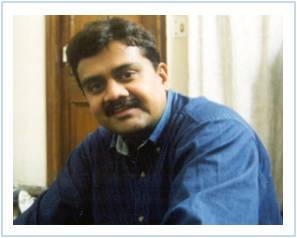

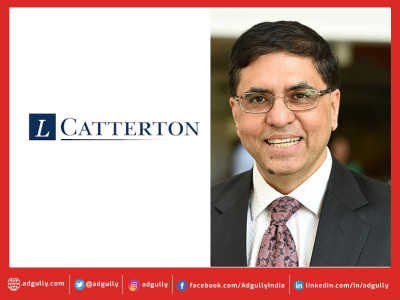

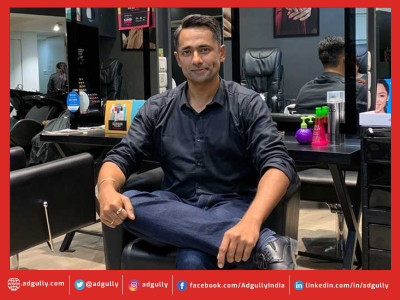
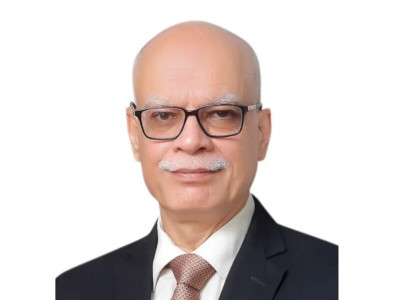
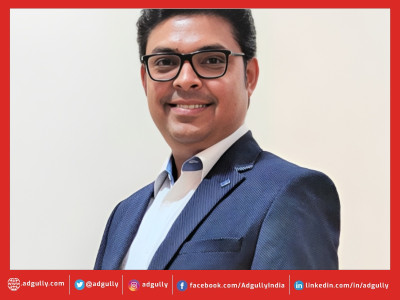

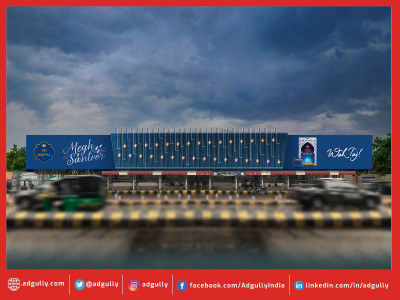


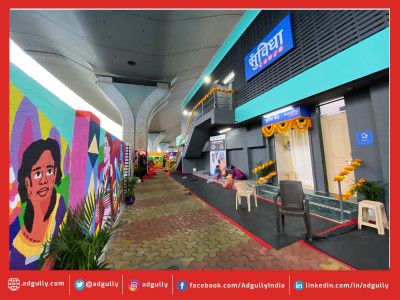
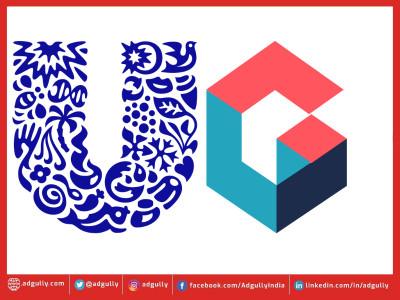

Share
Facebook
YouTube
Tweet
Twitter
LinkedIn